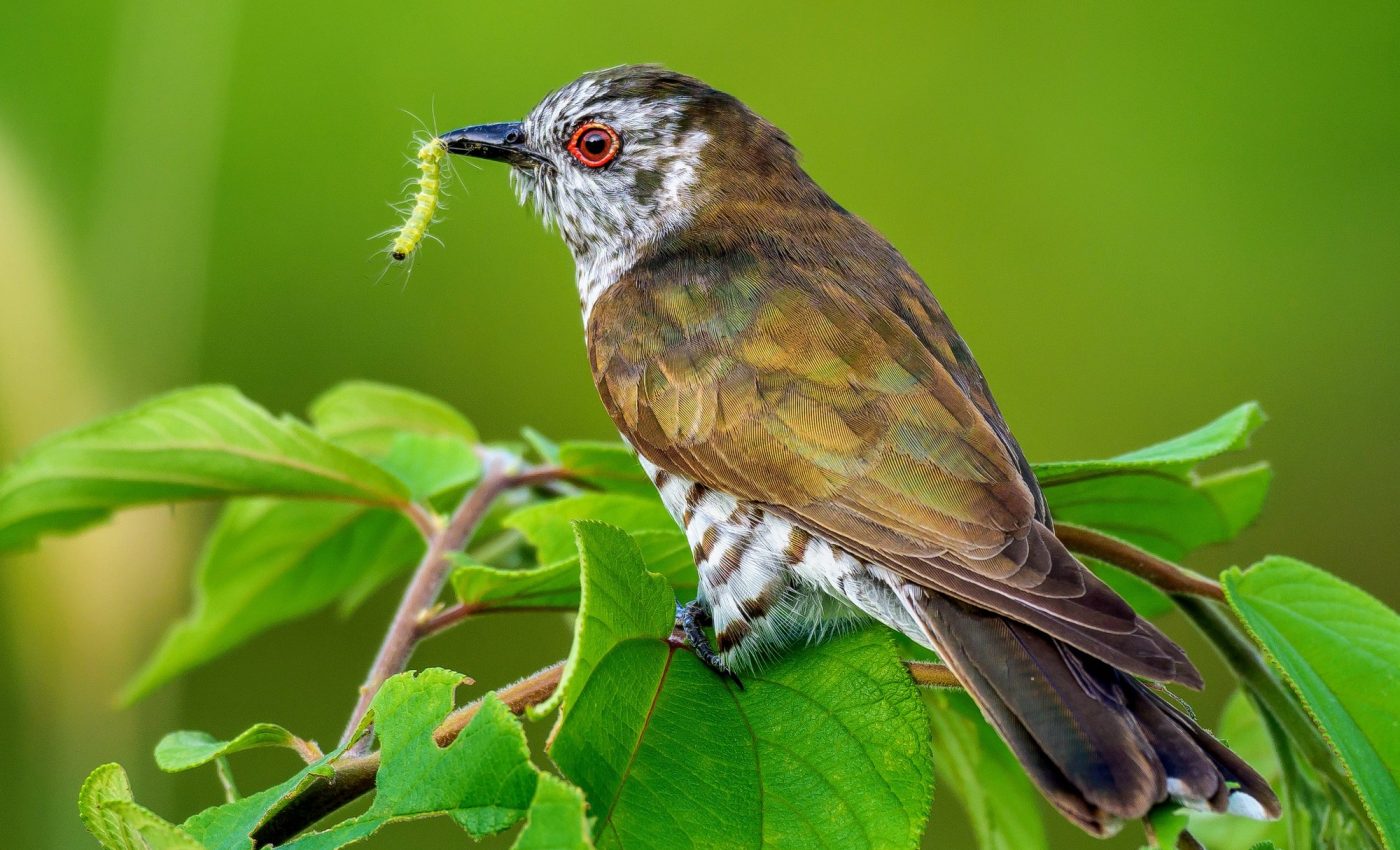
Interspecies deception: Cuckoos evolved to resemble their host birds
The theory of coevolution posits that closely interacting species drive evolutionary changes in each other, potentially leading to the evolution of new species, or speciation. However, real-world evidence for this theory has been limited until now.
An international team of researchers has uncovered new evidence linking coevolution to speciation by studying the evolutionary arms race between bronze-cuckoos and their host birds.
Cuckoo deception through brood parasitism
Bronze-cuckoos engage in brood parasitism, laying their eggs in the nests of small songbirds. Once the cuckoo chick hatches, it pushes out the host’s eggs and is raised by the host parents, who are deceived into caring for the chick due to its resemblance to their own offspring.
This deception results in the host birds losing their own reproductive opportunity. Instead, they invest their energy and other resources in raising the cuckoo chick.
Diverging into separate lineages
The researchers found that each species of bronze-cuckoo closely matches the appearance of their host’s chicks, which leads to the host parents accepting and raising the cuckoo chicks.
When a cuckoo species exploits multiple host species, the chicks of each host species have distinct appearances.
If hosts reject chicks that do not resemble their own, this drives the cuckoo species to diverge into separate genetic lineages, each adapted to mimic the specific appearance of their preferred host’s chicks. This divergence is the initial stage of speciation.
“This exciting new finding could potentially apply to any pairs of species that are in battle with each other. Just as we’ve seen with the cuckoo, the coevolutionary arms race could cause new species to emerge – and increase biodiversity on our planet,” said study co-author Rebecca Kilner, a zoologist at the University of Cambridge.
Cuckoo chicks evolved to mimic their hosts
The differences between the chicks of different bronze-cuckoo lineages also correspond to subtle variations in the plumage and calls of the adult birds. These variations help males and females that specialize on the same host to recognize and pair with each other.
“Cuckoos are very costly to their hosts, so hosts have evolved the ability to recognize and eject cuckoo chicks from their nests,’’ said lead author Naomi Langmore from the Australian National University in Canberra.
“Only the cuckoos that most resemble the host’s own chicks have any chance of escaping detection, so over many generations the cuckoo chicks have evolved to mimic the host chicks.”
Coevolutionary arms race of interacting species
The study revealed that coevolution is most likely to drive speciation when the cuckoos impose significant costs on their hosts, resulting in a coevolutionary arms race between host defenses and cuckoo adaptations.
A broad-scale analysis of all cuckoo species showed that those imposing the highest costs on their hosts have higher speciation rates than less costly cuckoo species and non-parasitic relatives.
“This finding is significant in evolutionary biology, showing that coevolution between interacting species increases biodiversity by driving speciation,” explained senior author Clare Holleley, a zoologist at the Australian National Wildlife Collection within CSIRO, Canberra.
The research was facilitated by a breakthrough in extracting DNA from eggshells in historical collections and sequencing it for genetic studies. The scientists combined two decades of behavioral fieldwork with DNA analysis of specimens of eggs and birds held in museums and collections.
Broader implications of the study
“Together, our results provide strong evidence that host defenses drive host specialization in highly virulent cuckoos, which in turn initiates speciation,” wrote the study authors.
“An understanding of the processes of coevolutionary diversification is important, now more than ever, as anthropogenic climate change both disrupts existing tightly coupled interspecific relationships and generates new interactions.”
“New parasite-host interactions could arise frequently and rapidly, accelerating rates of speciation. Understanding and modeling interspecies evolutionary dynamics will be critical for obtaining accurate models of environmental change and for prioritizing conservation efforts.”
The research is published in the journal Science.
—–
Like what you read? Subscribe to our newsletter for engaging articles, exclusive content, and the latest updates.
Check us out on EarthSnap, a free app brought to you by Eric Ralls and Earth.com.
—–













